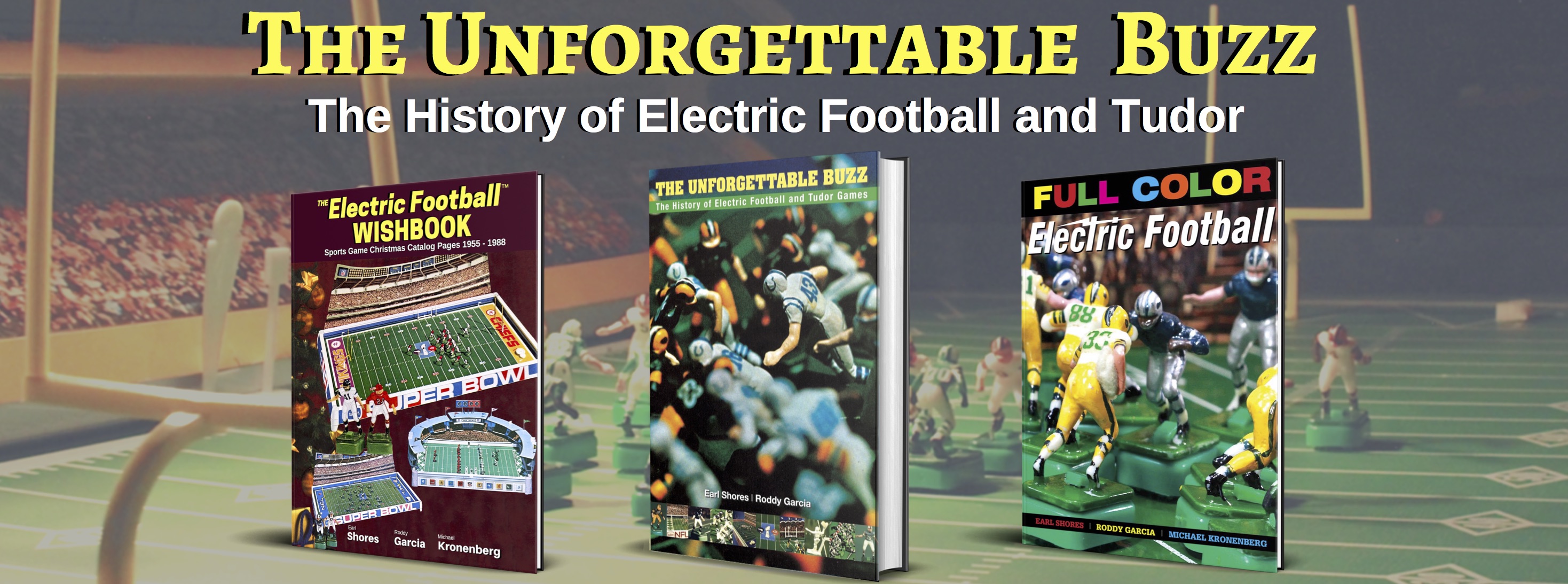Electric Football Timeline 1978 – Sold Out For Tudor
An Electric Football Sell Out Tudor was riding high into 1978. They completely sold out their Super Bowl line in previous year, and were going to earned their first Sears Excellence Award since 1974. Part of the reason for that … Continue reading
